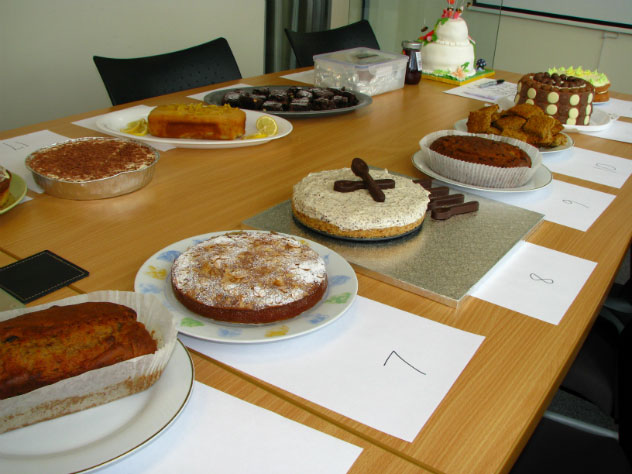
The British Bake Off And Its Culinary History
The Great British Bake Off takes centre stage in our house. It’s a culinary delight in every way and normally leads to my little girl and I donning our aprons, recreating a recipe and making a mother and daughter afternoon tea fit for the queen, well maybe not the queen but needless to say the decent china always makes an appearance. The concept of afternoon tea and the tradition of baking has taken Britain by storm from the early middle ages. So our love of cake and how we present it has for a long time been on the menu.
Middle Ages
Take the Middle Ages for example, baking was a luxury that few people could enjoy but for those that could afford a wood burning stove, bread made a good start. Prof Walter stated that “The rich ate fine, floured wheat bread. But if you were poor you cut your teeth on rye and black bread” It was only the wealthy that had the type of cakes we consume today albeit they were much heavier in consistency due to the lack of raising agents. The finest of table ware would always be used for the presentation of such rare goodies.
15th Century
During this period of our culinary history, Britain saw an explosion of varied spices and exotic flavourings, such as saffron. From this point onward cakes and confection were enjoyed by the those that could afford it. The “Wigg” was a small bun that was made of sweetened dough infused with herbs and spices. And Gingerbread was made with actual bread crumbs, so not the tasty, gungy morsels that we see served up for afternoon tea these days.
16th and 17th Centuries
Globalisation dramatically transformed all baking. Treacle and currants became increasingly popular, butter, cream and raisins with lots of bready dough and cake were plated up far more regularly. Professor Walter said that due to economic growth an emerging middle class arose, prompting more baking than ever before. Growing wealth bought social change and the lower classes began to imitate the diet of the higher echelons. Sugar became cheaper towards the later part of the 17th century so along came the biscuit and gingerbread as we know it. London cookery schools emerged, as did equipment, and other cookery literature. Cooking had become a fashionable skill.
18th Century
It was the 18th century that saw cake making soar in popularity. “The Art of Cookery “ by Hannah Glasse was published in 1747 which was a catalogue of recipes. Also at this time the development of the semi closed over was underway. Merchants and shop keepers could afford ovens and baking as we know it became more popular although most of the foods produced were still stodgy compared to the lightness we may taste now.
19th Century
The dawn of baking powder changed the whole bakery scene “the style of cakes change from dense, yeast-based bakes, into cakes made with flour, eggs, fat and a raising agent,” says Dr Pennell. The manner in which it was served also changed, with the introduction of fine bone china, which is still in production today.
Harry Price is a freelance writer who loves to live life to the full. He enjoys the outdoor life and loves rockclimbing, running and sailing.
